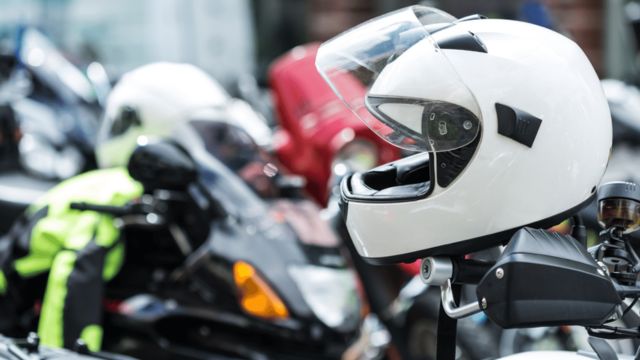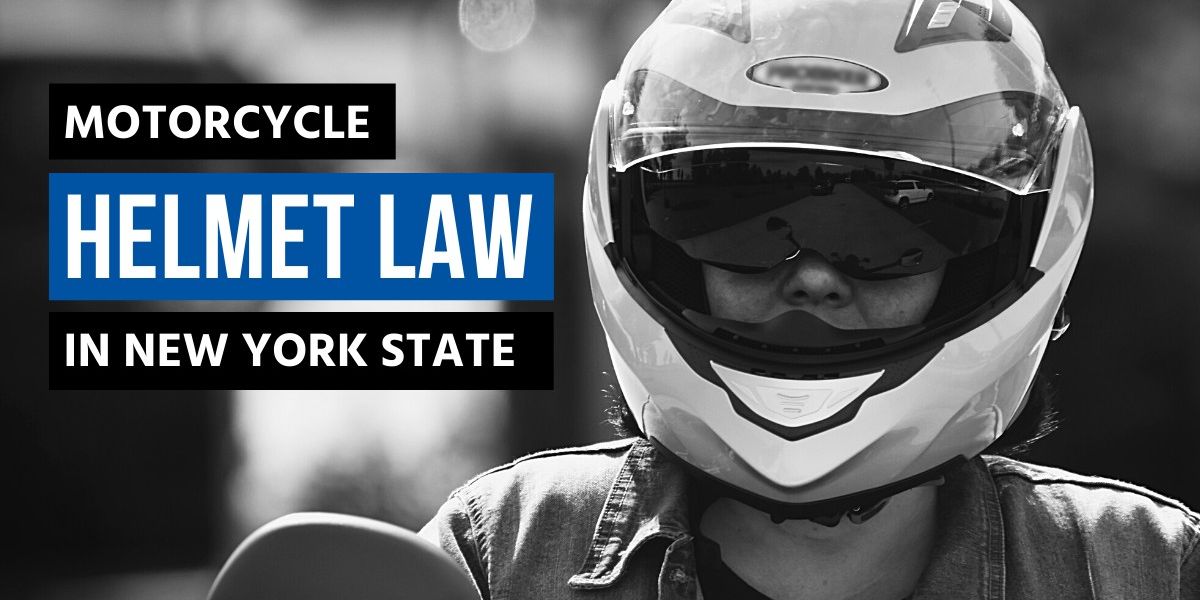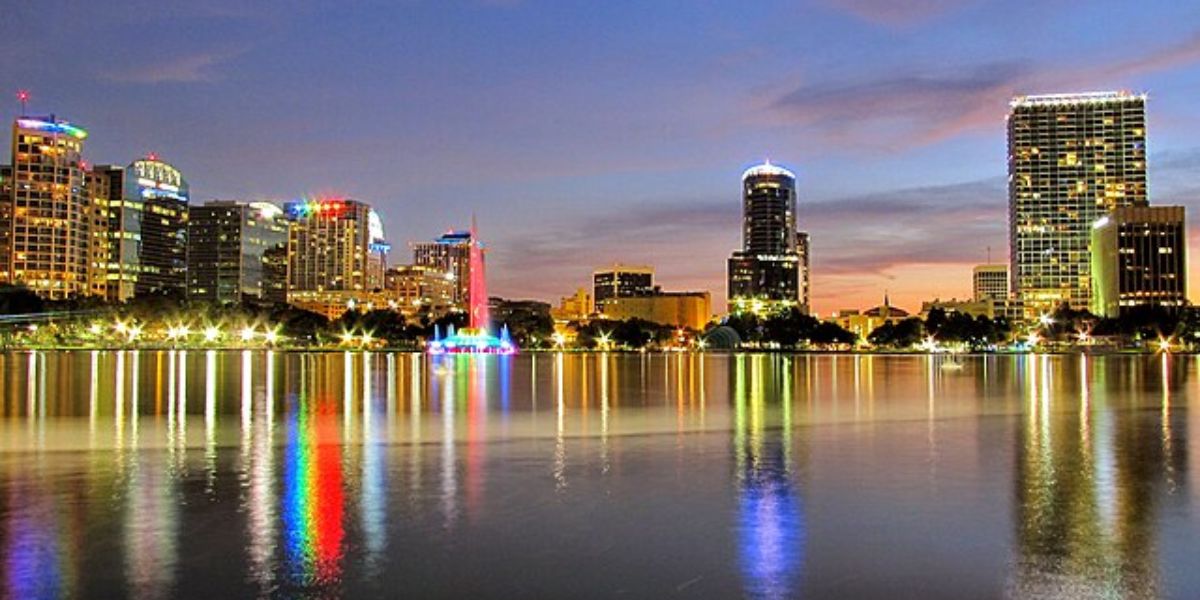Helmet laws are crucial for ensuring the safety of riders and drivers on the road, and New York State has some specific regulations designed to protect individuals using various types of vehicles.
Whether you’re riding a motorcycle, bicycle, or scooter, understanding New York’s helmet laws is essential for compliance and safety. Here’s a detailed look at the top five helmet laws in New York:
1. Motorcycle Helmet Law
New York State has a strict helmet law for motorcycle riders:
- Mandatory Use: All motorcycle operators and passengers are required to wear a helmet that meets the safety standards set by the U.S. Department of Transportation (DOT). This rule applies to both residents and visitors to New York.
- Helmet Specifications: Helmets must be properly fitted and securely fastened. They should have a DOT label indicating compliance with federal safety standards. Failure to wear an approved helmet can result in fines and penalties.
- Penalties for Non-Compliance: Riding without a helmet can lead to fines and possible legal consequences. Additionally, in the event of an accident, not wearing a helmet may impact the outcome of insurance claims and legal proceedings.
2. Bicycle Helmet Law for Minors
New York State mandates helmet use for young cyclists:
- Age Requirement: Cyclists under the age of 14 are required to wear a helmet while riding a bicycle. This law aims to protect children from head injuries, which are particularly dangerous for younger riders.
- Helmet Standards: Helmets for minors must also meet DOT safety standards. Parents and guardians are responsible for ensuring that the helmets fit properly and are worn correctly.
- Enforcement and Penalties: Local enforcement can issue fines for non-compliance, though the primary focus is often on education and ensuring that young riders use appropriate safety gear.
3. Scooter and E-Bike Helmet Laws
The rise in popularity of scooters and e-bikes has led to specific helmet regulations:

- Electric Scooters: In New York City, riders of electric scooters are required to wear a helmet, especially if the scooter reaches speeds of 20 mph or more. The law is designed to address the increased risks associated with higher speeds.
- E-Bikes: For class 1 and class 2 e-bikes, which include pedal-assist and throttle-controlled models, helmet use is not mandated by state law for riders over the age of 16. However, local jurisdictions may have their own regulations requiring helmet use for e-bike riders.
4. Commercial Vehicle Helmets
SEE MORE –
Upcoming! Los Angeles Introduces 5 Key New Laws for Protecting Children
Certain commercial vehicle operations require helmets:
- Construction and Utility Vehicles: Workers operating in construction zones or utility environments are often required to wear helmets as part of occupational safety regulations. This is not a general road use law but is crucial for ensuring safety in specific work contexts.
- Employer Responsibility: Employers are responsible for providing appropriate helmets and ensuring that workers comply with safety regulations, including helmet use on job sites.
5. Helmet Laws in Local Jurisdictions
In addition to state laws, local jurisdictions may have their own helmet regulations:
- New York City: While New York State law provides a baseline, New York City has additional rules, especially concerning electric scooters and bicycles. Riders should check local regulations to ensure compliance with city-specific helmet laws.
- Other Cities and Towns: Various cities and towns across New York State may have their own helmet laws, particularly related to bicycles and scooters. Residents and visitors need to familiarize themselves with local ordinances to avoid fines and ensure safety.
Conclusion
New York State’s helmet laws are designed to enhance safety for riders across various types of vehicles, from motorcycles to bicycles and scooters. By understanding and complying with these regulations, riders can protect themselves and avoid legal issues.
Whether you’re a resident or visiting New York, being aware of these laws ensures safer travel and helps promote a culture of safety on the roads.
Always check for any local ordinances and stay updated on helmet regulations to ensure full compliance and protection.




